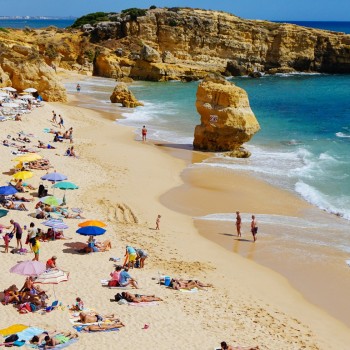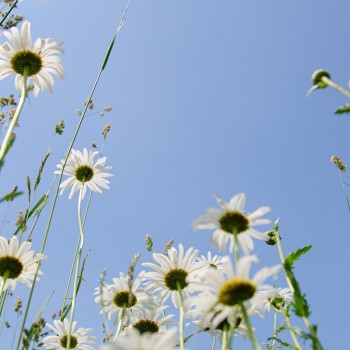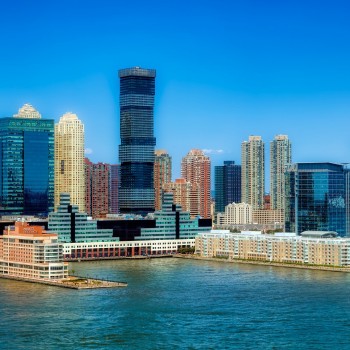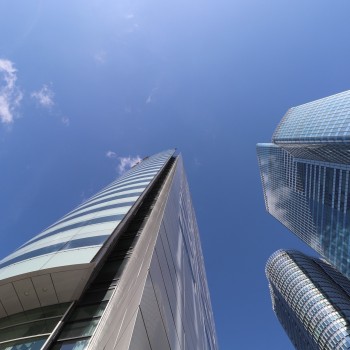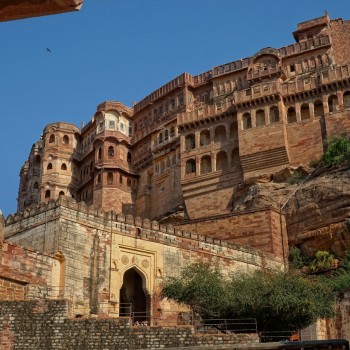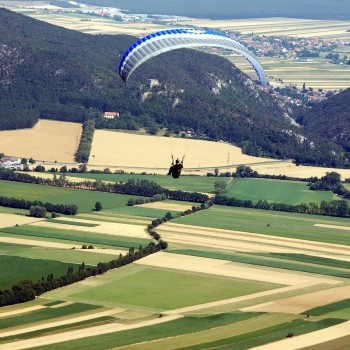Aruba
Aruba
Capital city description
Oranjestad, the capital of Aruba, serves as the seat of government in Aruba. It is also the country’s largest city, located on the southern coast close to its western island. A bustling harbor city, Oranjestad’s streets and malls are dotted with international luxury retailers, diverse boutiques, and dazzling jewelry stores.
Oranjestad’s main attraction is Fort Zoutman, a military fortification established in 1798. Other attractions include the Willem III Tower, built in 1868, once a lighthouse and public clock tower. The Historical Museum, positioned between the two buildings, houses a permanent exhibition outlining the main events in Aruban history and changing themed shows.
Climate
In Aruba, the climate is tropical hot all year round: daytime temperatures hover around 29/31 degrees Celsius (84/88 °F) throughout the year, the air is muggy, but the wind tempers the heat.
The trade winds blow constantly, and the east coast is affected by strong sea currents, while the western and southern coasts are more sheltered and made of sandy beaches.
https://www.climatestotravel.com/climate/aruba
Languages spoken
Papiamento and Dutch are the official and widely spoken languages of Aruba. At the same time, English and Spanish are the common foreign languages spoken by most of the country's population.
Fun/Fascinating Facts
- Aruba is home to diverse birdlife, including the burrowing owl “choco” and various species of lizards. Marine life includes several species of coral, sea turtles, and tropical fish. Burrowing owl lives in burrows in the ground hidden by cacti. It is one of Aruba’s national symbols and appears on postage stamps.
- Aruba is a windsurfers heaven. It holds the world amateur wind-surfing championship each year. (https://whereistara.com/50-amazing-facts-about-aruba/)
- Aruba’s white-sand beaches are barefoot-friendly, even at high noon. The impressive crushed coral and shell composition of Aruba’s fine, powdery white beaches keeps the sand comfortably cool, even during the hours when the sun is most extreme.
- Aruba is home to several species of sea turtles, and visitors walking Aruba’s beaches from March to November will likely encounter areas cordoned off to protect turtle nests. (https://www.aruba.com/us/blog/16-facts-about-aruba-that-will-surprise-you)
- Aruba consistently ranks as having the least rainfall in the Caribbean — an average of about 15 inches! You’re practically guaranteed a sunny day in Aruba. (https://www.aruba.com/us/blog/16-facts-about-aruba-that-will-surprise-you)
Unique Customs/Traditions
- Arubans can be described as friendly and hospitable people; they are very fond of tourists and willingly introduce guests to their home country. Aruba justifies its tag of being the happiest island in the world.
- There is no prejudice concerning premarital relations in Aruba, but an officially registered marriage has a significant role in society. Children born out of wedlock are not considered something out of the ordinary or shameful. (https://www.orangesmile.com/travelguide/aruba/traditions.htm)
- Arubans observe New Year’s Day with a unique tradition known as Dande. Groups made up of five to six people visit the homes of their families and friends, wishing these loved ones success and happiness in the coming year through song. A drum, tambu, wiri-wiri (a traditional Aruban musical instrument), and raspa produce the festive, upbeat rhythm and contagious chorus of Dande songs.
- During Christmas and New Year’s Day, local businesses and residences fire up pagaras—long strings of Chinese firecrackers—to ward off evil spirits for the coming year. The length of a pagara sometimes reflects a business’s success in the previous year, and some pagaras can last as long as half an hour once lit!
- The caha di orgel (organ box) is a traditional musical instrument typically played during national holidays and occasional weddings or birthday celebrations. Each organ has two or three barrels pegged with metal pins that move strings attached to hammers to create a song when the barrel is cranked. https://wheninaruba.com/blog/arubas-holidays-traditions/
Popular universities
| Name | Description | |
|---|---|---|
| Xavier University School of Medicine | Xavier University School of Medicine is a non-profit private higher education institution located in the large town of Oranjestad, founded in 2004. The university offers two programs; the Pre-Med Program and the M.D. program. The Pre-Med program is a one-and-a-half-year program for students coming in from high school or for students who have not completed all of their pre-requisites. After completing the Pre-Med program, the student can transition into the M.D. program. | |
| Aureus University School of Medicine | Aureus University School of Medicine is a for-profit private higher education institution located in the urban setting of the large town of Oranjestad, established in 2004. Aureus offers a 4-year and five-year MD degree program. The four-year MD program is an 11-semester course of study consisting of three semesters per calendar year; the five-year MD program includes three semesters of pre-medical coursework. | |
| University of Aruba | The University of Aruba is a non-profit public higher education institution located in the large town of Oranjestad. Established in 1988, it provides undergraduate and postgraduate education in four faculties: Law; Accounting, Finance and Marketing; Hospitality and Tourism Management Studies; and Arts and Science. | |
| Aruba Pedagogical Institute | Aruba Pedagogical Institute or Instituto Pedagogico Arubano is Aruba's public higher education institution. The studies at Aruba Pedagogical Institute began in 1990. Aruba Pedagogical Institute is a coeducational Aruban higher education institution. It offers courses and programs leading to officially recognized higher education degrees such as bachelor's degrees in several areas of study. | |




